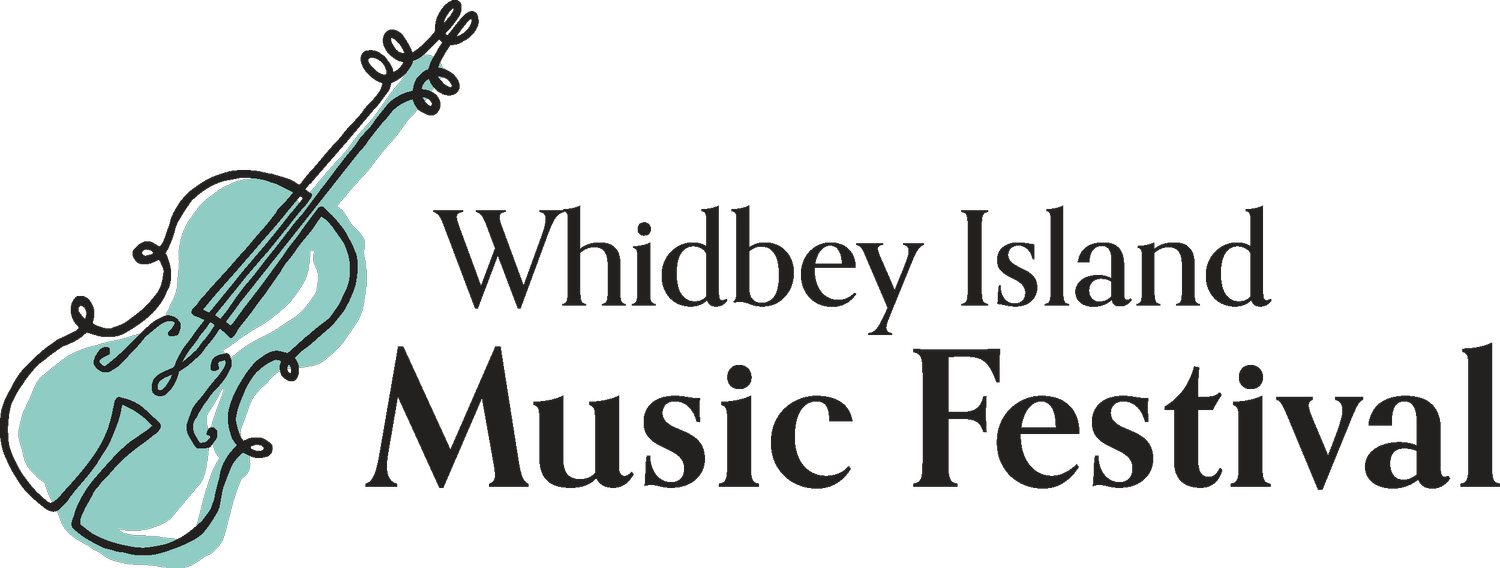Building Bach: The Master and his models
ABOUT THE PROGRAM
Johann Sebastian Bach was born into a musical family for the ages, in a region of Germany where the word 'Bach' was almost synonymous for 'musician.' By the year of his birth, Bachs had been making music in Thuringian towns and villages large and small for over three generations, and the exchange of ideas (not to mention genetic material) had created a distinct regional musical style, rich in profound feeling and learned counterpoint, but also isolated from the centers of musical taste and fashion, notably the great Italian cities, Paris, and the publishing hub of Amsterdam. It was Sebastian's generation of Bachs who broke the provincial musical boundaries, and they did so in a spectacular way.
Like most of his kin, Johann Sebastian Bach's earliest musical education came from within the family, namely his older brother. After his brother's death, the 15-year-old Sebastian traveled to Lüneberg, where he lived and studied with Georg Böhm, the Francophile organist at Lüneberg's Johanneskirke, whose own teacher studied with both Heinrich and Johann Christoph Bach. Unlike most of the keyboard works of the North and Central German masters whose works were idiomatically grounded in the gestural language of the keyboard, Böhm's music often incorporated elements of string ensemble styles, as heard in the German Lord's Prayer, Vater unser in Himmelreich (practically a concerto slow movement) and his phrase-by-phrase exegesis of the Easter hymn Christ lag in Todesbanden. Böhm's love of the French style and its rich ornamentation also translated into his keyboard works as well as those of his famous student, as exemplified by Bach's hauntingly expressive setting of the chorale An Wasserflußen Babylon as a French sarabande.
French music would continue to play a significant role throughout Bach's life. According to his sons, he could play Louis Marchand's harpsichord suites from memory. Marchand was known for his prodigious keyboard skills as well as his big mouth and violent temper. Both qualities produced the expected results. In 1708, after gaining a reputation as one of the greatest organists in France as well as one of the most scandal-ridden, he was appointed as one of four Organists du Roy at the court of Louis XIV. By 1713, he had fled Paris for Dresden. The reason for this sudden departure, according to the German music historian Friedrich Marpurg, was due to a dispute with Louis XIV himself, who had apparently made a disparaging remark about the size of Marchand’s hands. Marchand quickly retorted with a disparaging remark about the size of another part of the king's anatomy, and that was the end of that.
In 1705, the 20-year-old Sebastian took a little holiday from his church job in Arnstadt to walk 280 miles (roughly the distance from Seattle to Spokane) to listen to and study with Diderich Buxtehude in Lübeck. He said he’d be gone four weeks. He stayed four months. When he returned, he quit. Or got fired. One of the two. In any case, it was worth it. Buxtehude was the most highly renowned of all the North German organist composers and the most successful in translating the extravagantly improvisational Stylus Fantasticus most often associated with the violin into the world of organ music. Buxtehude's praeludia alternated sections of free and virtuosic quasi-improvisation with fugues in strict counterpoint. Bach's Toccata and Fugue in D minor, with its instantly recognizable opening gesture, is
not the work of the elderly man in the grey powdered wig but instead full of the fearless impetuosity of youth, with its crackling energy and formal disarray, trying to incorporate Buxtehudian concepts into the style passed down from his family's compositional legacy, itself heavily influenced by the music of Johann Pachelbel.
Three years after his little sojourn to Lübeck, Sebastian took a position at the Weimar court. The duke loved Italian music, and his library was full of works by the leading modern masters, including Vivaldi, Corelli, Albinoni, and Torelli. Bach studied the works of those composers with great intent, transcribing many of their violin concerti for solo keyboard, and along with his cousin Johann Gottfried Walther were some of the first composers to devote serious energy to orchestral transcriptions for organ. Bach also incorporated many of the compositional devices used in these concertos into his preludes and fugues, trio sonatas, and chorale preludes.
Finally, it is worth devoting a few choice words to the subject of the chorale prelude. One of Martin Luther's most significant and long-lasting effects on the church was to give the voice of worship back to the people. Whereas before the Reformation singing and chanting was restricted to priests and members of a choir, Luther's focus on congregational song gave the congregation an important role in worship - lifting their voices in new and theologically rich poetry with texts in their own language - not Latin - sung to tunes that were easy to sing and memorable. Organists would be expected to improvise on the tune as an introduction to the singing of the hymn, and, by the 17th century, collections of what in German were called choralbearbeitung (lit. chorale reworkings) went beyond simple hymn introductions and became opportunities for both compositional and theological reflections on the melodies every good Lutheran knew very well. They were also an opportunity for composers to demonstrate their skill, sometimes past the point of liturgical usefulness, and young J. S. Bach was reprimanded by the church council at his first post for the excessive length of his chorale introductions, as well as for their complexity. Perlen vor die Säue...
Notes by Henry Lebedinsky, 2023
